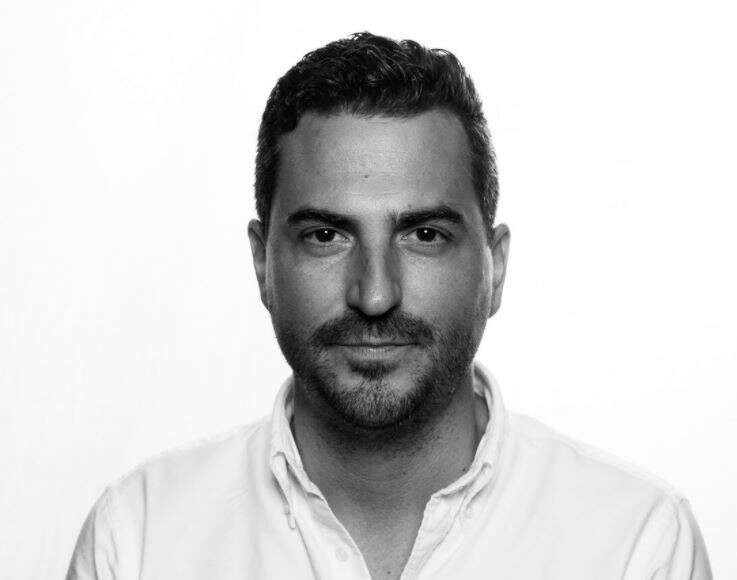
Mark Melling is head of RYOT Studio, Verizon Media’s branded content division.
Here he answers our questions about the future of marketing, media and the news industry in the first of a series of Market Maestro interviews produced in concert with New Statesman Media Group’s marketing solution Lead Monitor.
Melling is an experienced strategic and commercial director specialising in XR, Augmented Reality, Virtual Reality and 5G commercial strategy and execution.
To find out more about the future of marketing, download Lead Monitor’s white paper: B2B marketing after a pandemic:8 key lessons for senior marketers
How important to your brand is the news media (both B2B and B2C)?
As our goal is to leverage the bleeding edge of technology to tell our, and our clients’ stories, the news media can play a very important role. We believe that telling stories through technology has a double advantage in driving interest and engagement from audiences; first the interest in the story itself, and second the interest in the technology being used.
We no longer live in a society where technology is a niche subject, and in the news media it can be used as a tool to engage larger audiences and contribute to the interest in the story itself.
What for you is the key to any successful marketing campaign – what actually makes a ‘good lead’?
Any good creative campaign should have clear objectives from the start, be clear in the insight that is powering the creative idea and understand how and where to best reach the people you want to talk to in the moments they will most likely engage – regardless of what screen or medium you are using to talk to them. The best campaigns are when every stakeholder works cooperatively together to have a common understanding of these goals. Once you’ve got that, everyone can build on each other’s ideas to make the campaign as successful as it can possibly be.
How important is technology in modern marketing?
Technology is central to what we do at RYOT. Not only can modern technology be used in new mediums to engage audiences often in ways they’ve not seen before, but can also be used as a way in itself to draw attention to a marketing campaign.
The challenge lies in when to use technology, and which technologies to use in a given campaign. There is always the risk of just using technology for technology’s sake, which can be seen as a gimmick that takes away from the effectiveness of the overall marketing plan, and a distraction from the core message.
What has been your proudest achievement in your current role?
There’s been a lot of highlights, but if I were to use a recent example, I think I am particularly proud of our achievements under lockdown. In the creative technology field, we pride ourselves on the ability to use tech to bring the physical and digital worlds closer together, but in the current situation this has been particularly challenging.
However, we’ve used this time as an opportunity to find new ways to engage audiences with emerging mediums and technology. Specifically I’m very proud of how the team came together for The Fabric of Reality, a brand new take on the traditional fashion show using Virtual Reality. The buzz and audience engagement that we had from this partnership with the London College of Fashion and the Museum of Other Realities was not only a highlight of my current role, but one of the best of my career so far.
What media channels do you see as most important and best value when it comes to marketing spend and activity?
For us digital is obviously the most important, however that term is growing in its importance, and changing in its meaning everyday. Our team, RYOT, is responsible for storytelling through creative technology for Verizon Media, and therefore we look to use any and all digital media channels available to us, which traditionally meant our publisher suite, but has now grown to include DOOH, Social, and emerging platforms such as augmented reality and virtual reality. These platforms, when used together to create engagement at scale for a consistent story, are a powerful medium to drive not only return on investment, but measurable return on creativity.
Therefore, it is key to start with the message – start with the story that the advertiser wants to tell and then look at the technologies that are most effective in telling that story. The great thing about digital is that you can choose the best medium to carry the message and with omnichannel DSPs you can adapt and optimise your creative and the channel you’re using to ensure you’re getting the best return on investment. Marrying creative tech like XR formats to this distribution technology is a powerful way to tell your story and know you’re getting the best value from your campaign.
What are the biggest pain points for marketers at the moment?
I prefer to look at them as challenges rather than pain points, and of course, there are many. However, even with the incredible amount of change we’ve seen in the media industry in the last decade the key challenges remain the same, and it’s important to remember that. Finding the right people, at the right time, at the right place. The places have definitely changed, but the challenge has not – we as marketers have to evolve with the times.
Email pged@pressgazette.co.uk to point out mistakes, provide story tips or send in a letter for publication on our "Letters Page" blog
